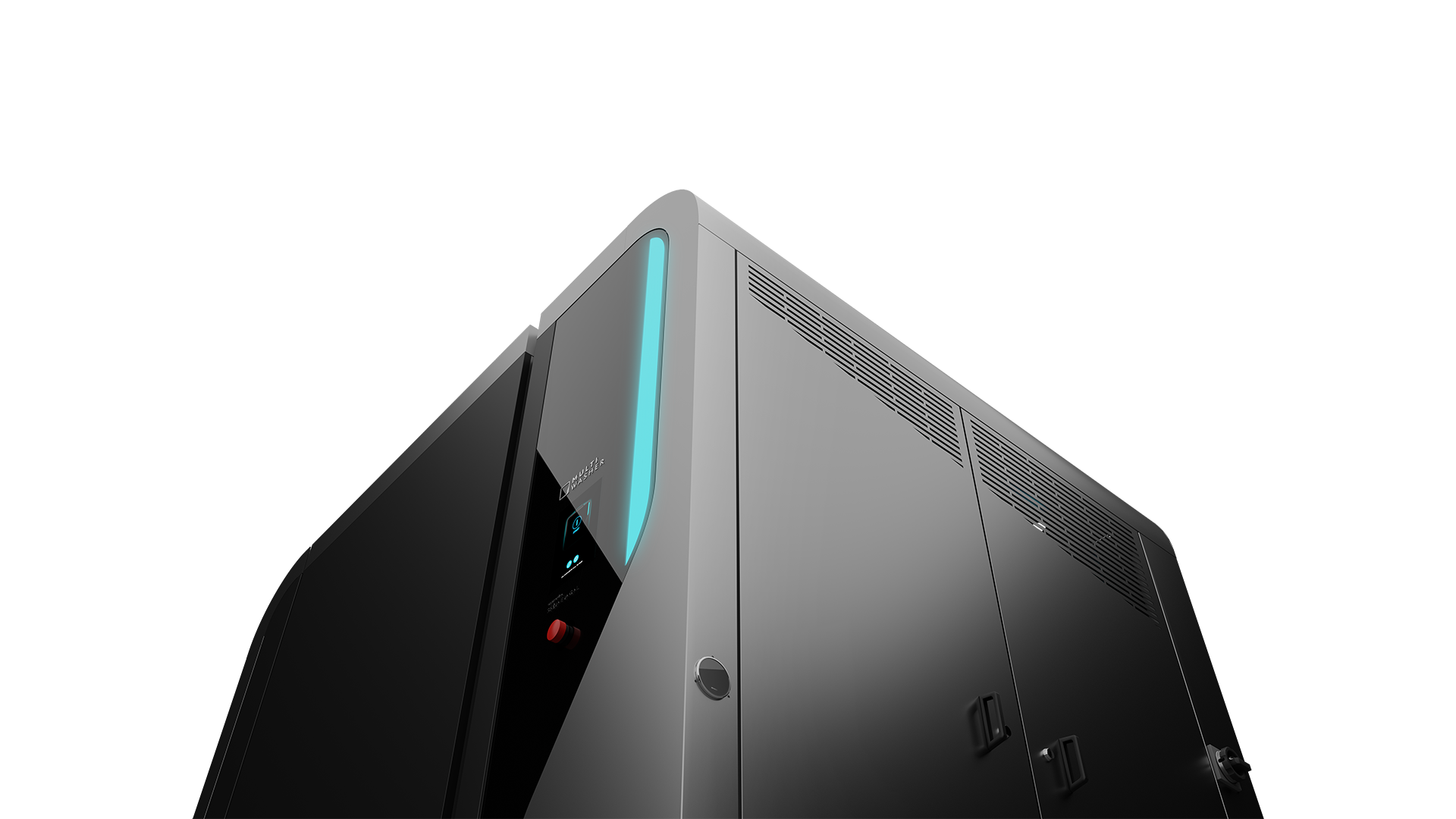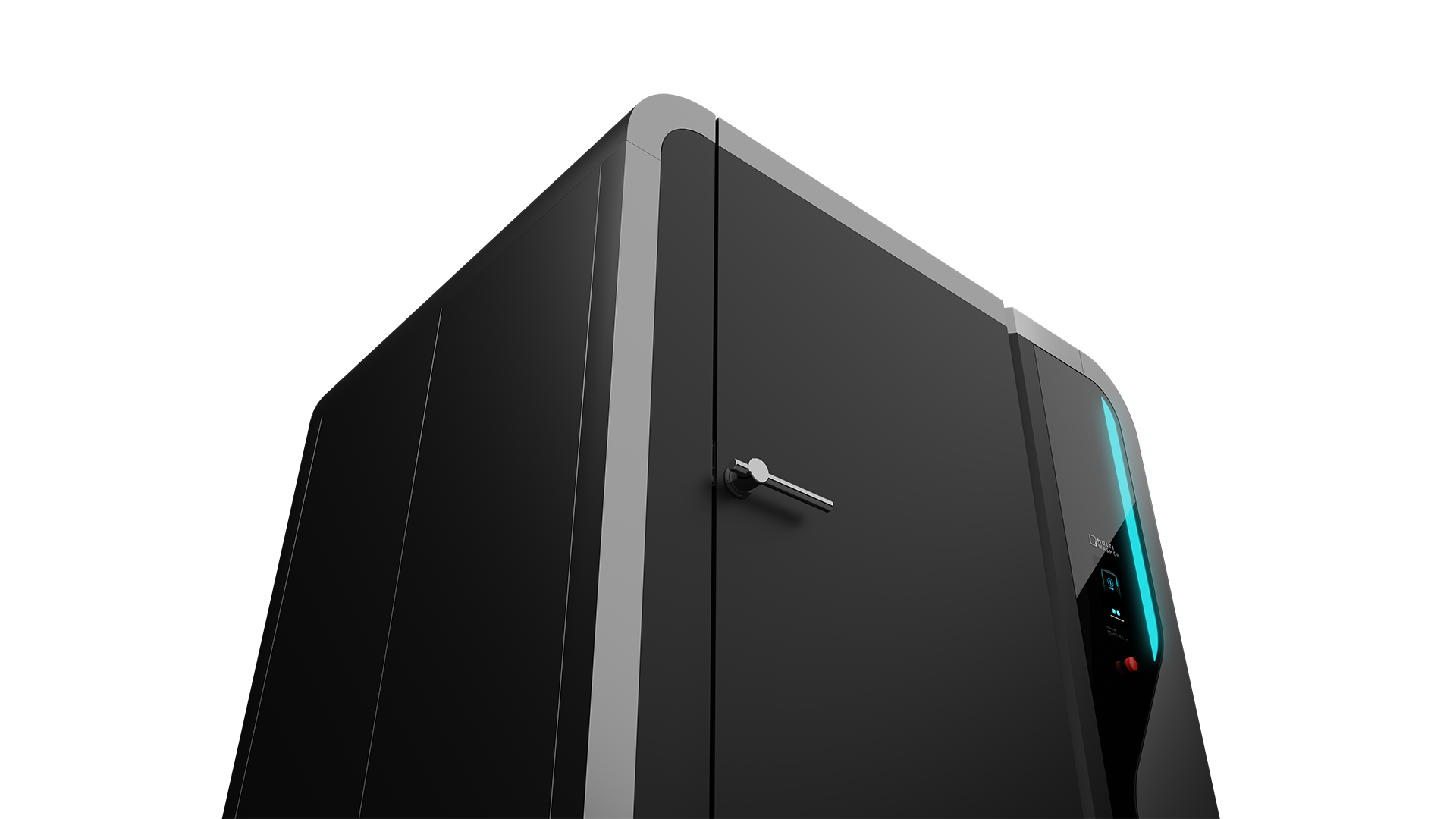Management / Articles
Sweet disposition: the importance of an efficient layout
The design of a business layout seeks to optimize the disposition of people and materials, ensure the efficiency of operations and avoid accidents. These are some of the best practices to follow.

 9 minutes of reading
9 minutes of reading
2021-11-04 14:58:13
The design of a business layout seeks to optimize the disposition of people and materials, ensure the efficiency of operations and avoid accidents. These are some of the best practices to follow.
Layouts are essential to the overall operations of a company, and ensure a uniform flow of people, material and information. This is what an efficient layout is and how to design one.
What is a layout?
A layout is the flow of people, materials (raw materials and ongoing and finished product), machines, tools and information. Together, these moving parts form a unique “dance”, a functional system that breathes life into a company.
Among the various advantages of an optimized layout, the following stand out:
- Increased levels of security. The priority when designing an enterprise layout is to design a safe space that reduces the likelihood of accidents. That’s why many factories separate the flows of materials and people, or place heavier goods closer to the ground.
- Improved ergonomics. Musculoskeletal diseases are the leading cause of pain, discomfort and disability worldwide. An adjusted layout is more ergonomic and contributes to a safer, happier and more productive work environment.
- Enhanced productivity. All processes have bottlenecks, points where the production rate is lower than in previous or subsequent operations. Low machine outputs, inadequate storage space or substandard productivity are the major causes of bottlenecks. An efficient layout overcomes all these factors.
- Minimized production delays. An efficient layout eliminates causes of delays, such as lack of space, excessive material movements and quality issues along the way.
- Improved communication. Layouts are decisive in improving interaction between people and can help build good working relationships, increase information flow and improve communication.
- Optimized space utilization. In a factory, each square inch is valuable. An adjusted layout is the best way to monetize the use of space.
- Increased quality control. An optimal layout accounts for inspections at multiple stages of the production chain to ensure better quality control. When an industrial process features multiple checks, the result is more likely to meet quality standards.
- Improved supervision. Designing an efficient layout is the first step to improve supervision. It’s easier to have an overview of each person’s space and position and be close to those who need support when layouts are easy to monitor.
How to revise your layout in 7 steps
As important as layouts are to companies, few managers take a flow-first approach to its design. There are the seven most important steps on the road to efficiency.
1. Analyze the current state with a “Spaghetti” map
As with any other transformation, the first step is to evaluate the current state. With layout changes, few tools are as effective and visual as the Spaghetti diagram.
This diagram represents each movement from a single operator to perform a task. It is simple enough to construct through just simple observation over a small period. The result shows the meters traveled, and the time spent to perform the task.
This same exercise can be repeated at any level of detail–from the movements of trucks between cities, forklifts inside the factory, operators between workstations or micro displacements of a single person inside a warehouse aisle. Having calculated the distance traveled, it is possible to set a reduction target for the future layout.
2. Top-Down Approach
The layout of any space must be planned with a top-down approach–from most macro to micro.
- The macro view should focus on the position of the major blocks or areas (reception, dispatch, etc.) and the relationship between them;
- The micro view goes to the detail of the layout of each workstation and the location of equipment and worktables.
This approach reduces the complexity of designing a layout. In this way, planning is simpler at first, and can involve a wider team. Once the larger blocks are set, the team can move on to a more detailed design with the overall view of the layout “puzzle” already defined.
3. Draw to minimize movement
When planning the layout of equipment and machines, the fundamental goal is to minimize internal transport. A good example is the creation of working cells with multiple machines installed around the operator. With this concept, a single person can manage several machines simultaneously, with minimal travel.
An efficient layout minimizes the movement of high-volume product families. For example, if the product family “A” has the highest sales volume, then the priority of the layout is to minimize movements for that category of products first. Once those products have ready, managers can move on to consider the movements of other product families. Again, the goal is to reduce the complexity associated with layout design.
At Somengil, we designed the MultiWasher to adapt to the production space and to each operator. That’s why our machines allow staff to wash every type of wares (e.g. pans, plates, trays, supermarket carts and much more) in one place, minimizing the need to travel in the work area.
4. One-way material flow between inbound and outbound areas
A productive layout ensures a one-way material flow between inbound and outbound areas. Savvy logistics managers place the first workstations close to warehouse of raw materials and the last ones closer to the warehouse of finished products.
The flow does not have to be a straight line. There may be parallel flows, U-shaped patterns, or even a zigzag that ends with the finished product returning to the point of arrival. “One-way” just means that there should be no crossings between material in different production stages. When materials move against or through the general flow, it is natural for errors and even accidents to occur.
That’s why in Somengil we study each workflow before proposing an industrial washing solution. Our state-of-the-art washing machine, the MultiWasher, allows for complete flexibility. This way, it is the machine that adapts to the process and the operator, not the other way around.
5. One place for everything, everything in its place
Layouts should allow the handling of materials, products and equipment in an orderly and efficient manner. Each utensil and tool must have a designated location and a purpose.
6. Simulate, before deploying
Before implementing a new layout, it is important to simulate and test the concept. For this, best practices suggest building a functional prototype with low-cost materials–pallets, glue tape, cardboard and chalk.
Decades before the invention of AutoCAD, that’s exactly what the McDonald’s founders did. They spent hours designing the layout of their new restaurant in a tennis court with the help of staff and curious folk. This practical approach enabled them to identify several bottlenecks that would have been more expensive to change later on.
The moment was so iconic that Hollywood created a movie about it, “The Founder”.
7. Designing for growth
Future-ready facilities can be easily expanded or adjusted to meet changing production needs. As with any project, layouts must be flexible, minimizing setup time whenever necessary to make changes.
Somengil, a layout minded partner
At Somengil, we design state-of-the-art industrial washing machines for companies concerned with operational excellence. Before each installation, we study the workflow so that the machine can suit the people and processes, not the other way around. The Multiwasher is available in various sizes and can also be customized to the needs of each installation. Schedule a webinar and see the difference.
You may also like

Management / Articles
DMAIC: what it is, what it is for, and how to use it
Reduce waste, solve problems, and improve processes. Learn about the DMAIC method and find out how to implement it in practice.
Posted in 2023-03-30

Management / Articles
Cause and Effect: What is the Ishikawa Diagram?
The Ishikawa Diagram allows you to represent complex problems in a visual way. Find out how this tool works and how to use it.
Posted in 2022-12-22

Management / Articles
SWOT Analysis: a practical guide
A SWOT analysis provides a fresh perspective of every business. Discover its potential and how to use it.
Posted in 2023-02-23






















 Portugal
Portugal United Kingdom
United Kingdom United States
United States France
France Spain
Spain Germany
Germany Romania
Romania Italy
Italy Czech Republic
Czech Republic Finland
Finland Hungary
Hungary Slovakia
Slovakia Greece
Greece Lithuania
Lithuania South Korea
South Korea Russia
Russia Saudi Arabia
Saudi Arabia Poland
Poland Brasil
Brasil Hebrew
Hebrew